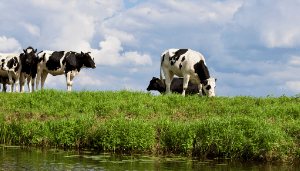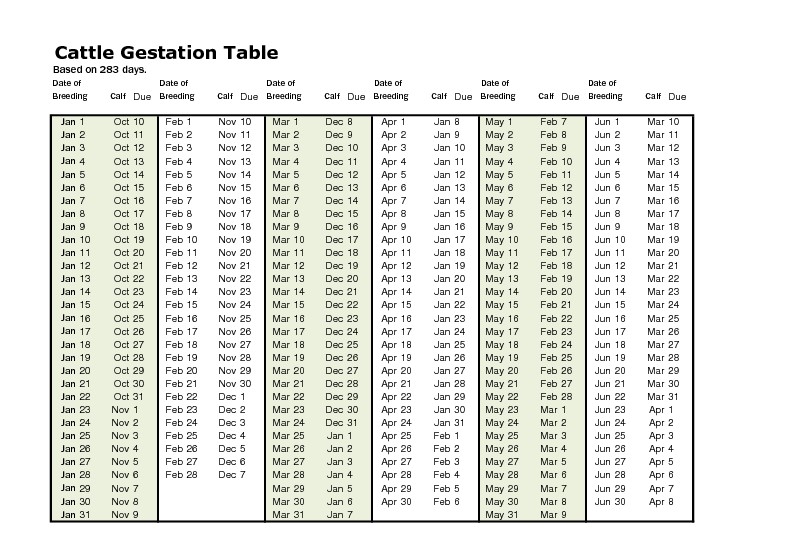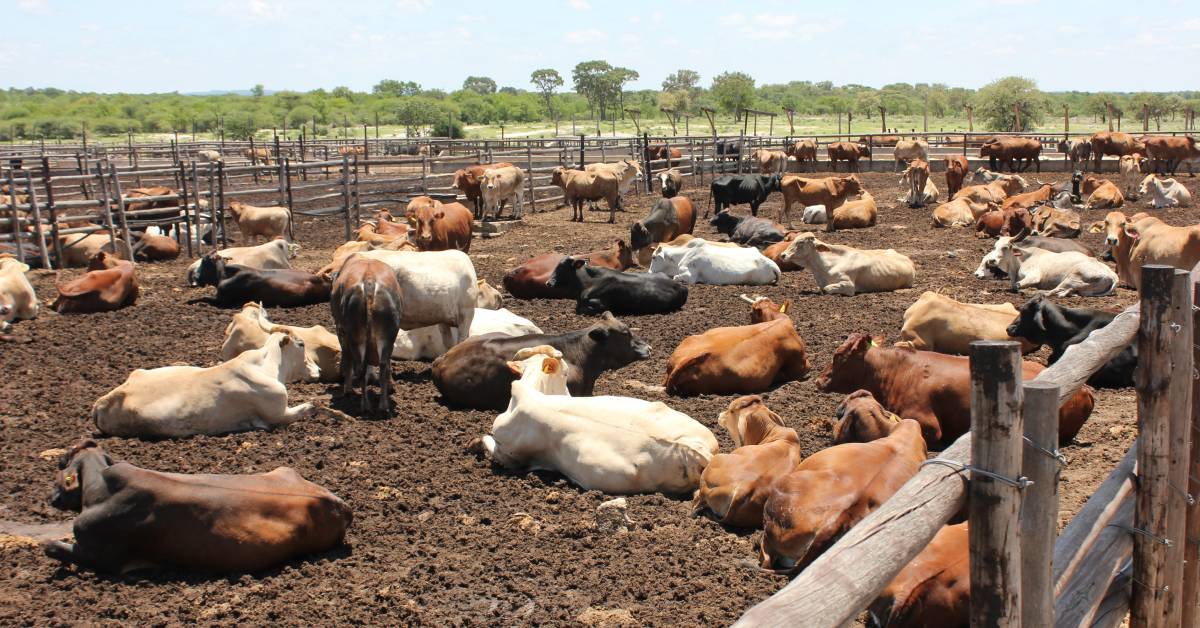What is Gestation Length?
Most common length of gestation period for cows based on ‘283 days’. But actually, the gestation period can range from 265 to 295 days. The breeds of cattle that, for many generations, have been more focused on low birth weight genetics, now have shortened gestation periods. But there are many other factors that can affect the length of gestation in cattle that are not related to genetics.
Before studying and understanding those factors, it is essential to know the actual triggers of the calving process. After its birth, as a calf has to grow and mature, it develops a natural mechanism that stops a cow from giving birth too early. The stress hormones producing system is the last type of system that gets developed in a calf. The fetus increases in size in the uterus of a cow as the end of its pregnancy approaches. So after the stress hormone-producing system is completely developed, the hormones get released that results in several changes that create an impact on the birth of the calf.
Factors Affecting Length of Gestation
Various factors affect the gestation length in cows. One of the most common factors is the sex of the calf. For cows that are bred on the same day, heifer calves arrive sooner than the bull calves on average. The season of calving can also create a notable impact on the length of a cow’s pregnancy.
Calves that are born in the conventional fall season of calving (August – October) arrive sooner as compared to the same genetics that would be born in a conventional spring season of calving (January – March). Some breeds of cattle are known to have shorter and some breeds are known to have longer lengths of pregnancies.
With these and various other factors being similar, genetics of the dam and sire also has an impact on the length of gestation. Cattle producers have been selecting low birthweight genetics for many years now. Along with that, an associated selection for a short gestation has also come. The birth weight can be dramatically reduced and calving ease can be improved if pregnancies sired by a bull are calved just a few days shorter. A cow that is fetal, gain 1 to 1.5 pound each day as they reach the end of their pregnancy. So, decreasing the length of this process can lead to less birthweight, around 10 pounds, as compared to that of 283 days.
The selection of bull was actually made for siring short-length pregnancies before the easy of calving became the main focus. According to an article written by Heather Smith Thomas that was published in Hereford World in January 2014, Buddy Westphal tells about his search for those bulls that sire short-length pregnancies. He wanted his cows to have longer breaks before they breed again and give birth to calves at a similar time next year. He observed that when he found a bull that was from the Canadian research trial, the gestation length of his cows became shorter and many difficulties of calving were eliminated.
Facts about Length of Gestation in Cattle
Cattlemen will notice the actual date of arrival of calves as compared to the date that was expected. Whereas, many calves will be born near or exactly on the expected dates. This is actually related to the gestation length breeding values (BV) of the breeds that mated.
Length of Gestation Is Heritable
52% of the overall genetic variations in the date of birth of calves are explained by this.
Natural Distribution and Expected Date of Birth
Usually, 95% of calves are born within ±9 days of their expected due date. It happens with sires of both longer and shorter gestation lengths. Though a tighter pattern of calving can be seen around the expected date of calving.
This means, if 100 heifers are going to calve on the 20th of a month, 95 of these should be giving birth between 11 and 29 of the month. The remaining heifers will give birth outside of this time frame.
Impact of Calf’s Gender on Length of Gestation
Heifer calf will be born a day before a bull calf. In the case of twins, they are born six days earlier than singletons. Age also influences the length of gestation of a cow. For cows that are giving birth for the first time, the gestation length is about one day shorter as compared to cows that are calving for the second time.
Breed Influences Gestation Length
Crossbreds have the shortest length of gestation while Jerseys have the longest gestation length.
After Giving Birth, How Long Will A Cow Take To Get Pregnant Again?
It actually depends on various factors such as:
- The condition of its body at calving.
- The age of the dam.
- Any calving difficulty at the time of calving.
- If the diet is good and the cow is getting sufficient nutrients so that the weight loss is less or close to none.
Cows that give birth for the first time and cows that lose weight and condition of the body have long post-partum intervals.
FAQs
Q1. Cow Gestation Stages?
The length of gestation varies by the sex and breed of the calf. It usually ranges from 279 to 287 days. Mostly it is 283 days. Cows that carry bull calves have a long gestation period as compared to cows that carry heifer calves.
Q2. Printable Cow Gestation Table
Q3. Cow Heat Cycle?
A cow usually comes on heat, on average, every 21 days. The ruttihsness can be observed from 3 to 24 hours of a day, with 16 hours being the average time. The cycle of heat begins after two months of calving.
Q4. How long is a cow pregnant?
The Pregnancy of a cow is around nine months(or 279 to 292 days). It is 292 for Brahman cows and 279 for Jersey.
Q5. Gestation Period of Buffalo?
The length of the gestation period of a buffalo is 281 to 334 days.
Q6. How Soon Does A Cow Cycle After Calving?
The first cycle of oestrus, after calving, comes about 36 days. The second comes about 15 to 21 days later. Hence, there are 40 days or in other words, two cycles, in which a cow is open to conceiving. Cows that are not in good body condition or lactating might stop having their cycles.
Q7. How Many Months is A Cow Pregnant?
Cows are actually pregnant for nine months, the same as people (women).




 Source:
Source: 




